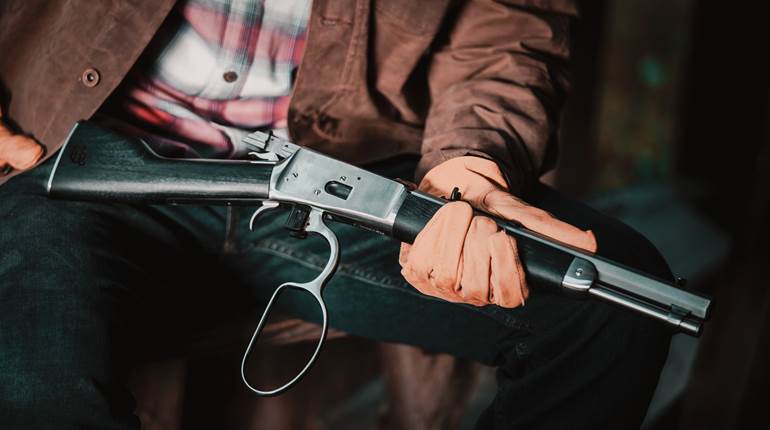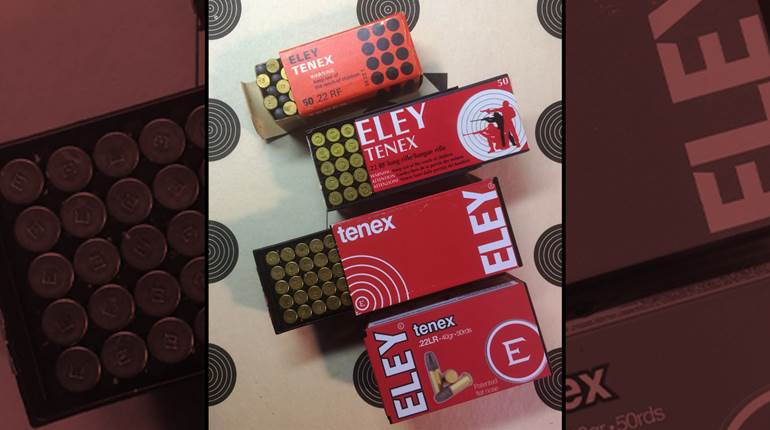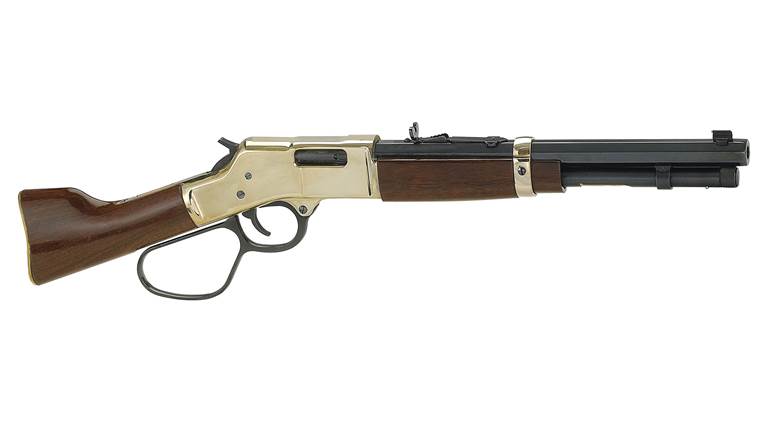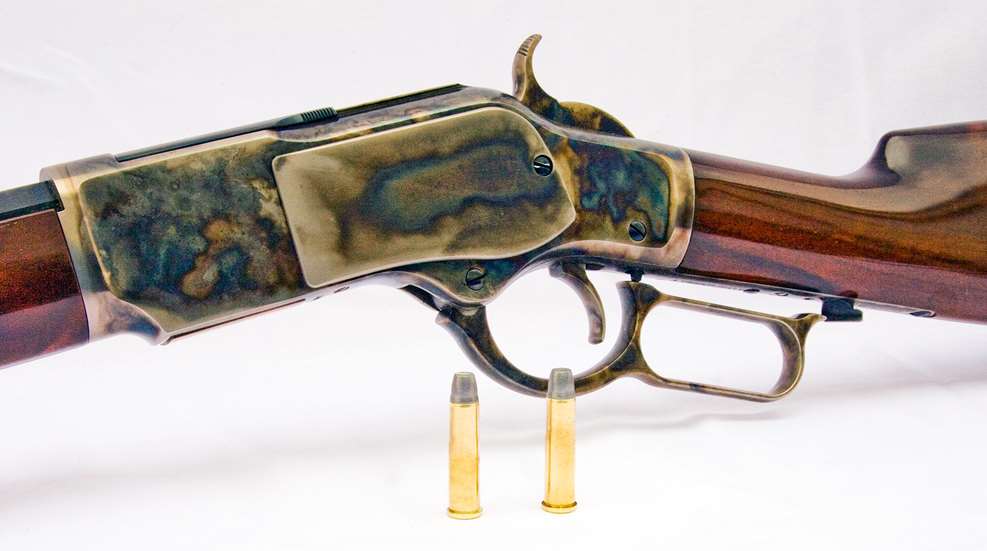
During the last quarter of the 19th century, as the industrial revolution was flourishing, a great deal of experimentation occurred. The firearm industry was as big a player in this as anybody. Winchester’s Model 1873 rifle had virtually set the American West on fire; its .44-40 Winchester Center Fire (WCF) was the go-to cartridge of the day. Then, as now, there were always a few who sought minimization—a way to use less resources to achieve a similar end.
In 1874, Winchester reduced the neck of the .44-40 to accommodate a .40-cal. (.401") bullet. Someone must have thought that “.40-40” didn’t have much of a marketing ring to it, so they looked at the bore diameter, .394". Apparently, that didn’t have the “zing” they wanted either, so they came up with .38-40 WCF. As it did with the .44-40 WCF, Colt would chamber its Single Action Army (SAA) for the smaller bore some four years later.
In 1882, Winchester once again pared down its cartridge to .32 cal. (.3125"), reduced the charge of black powder to 20 grains and called it the .32-20 WCF. Originally touted as a combination cartridge suitable for varmints, small game and deer, the deer component was fairly quickly dismissed, save for shots less than 100 yards in the neck or head.
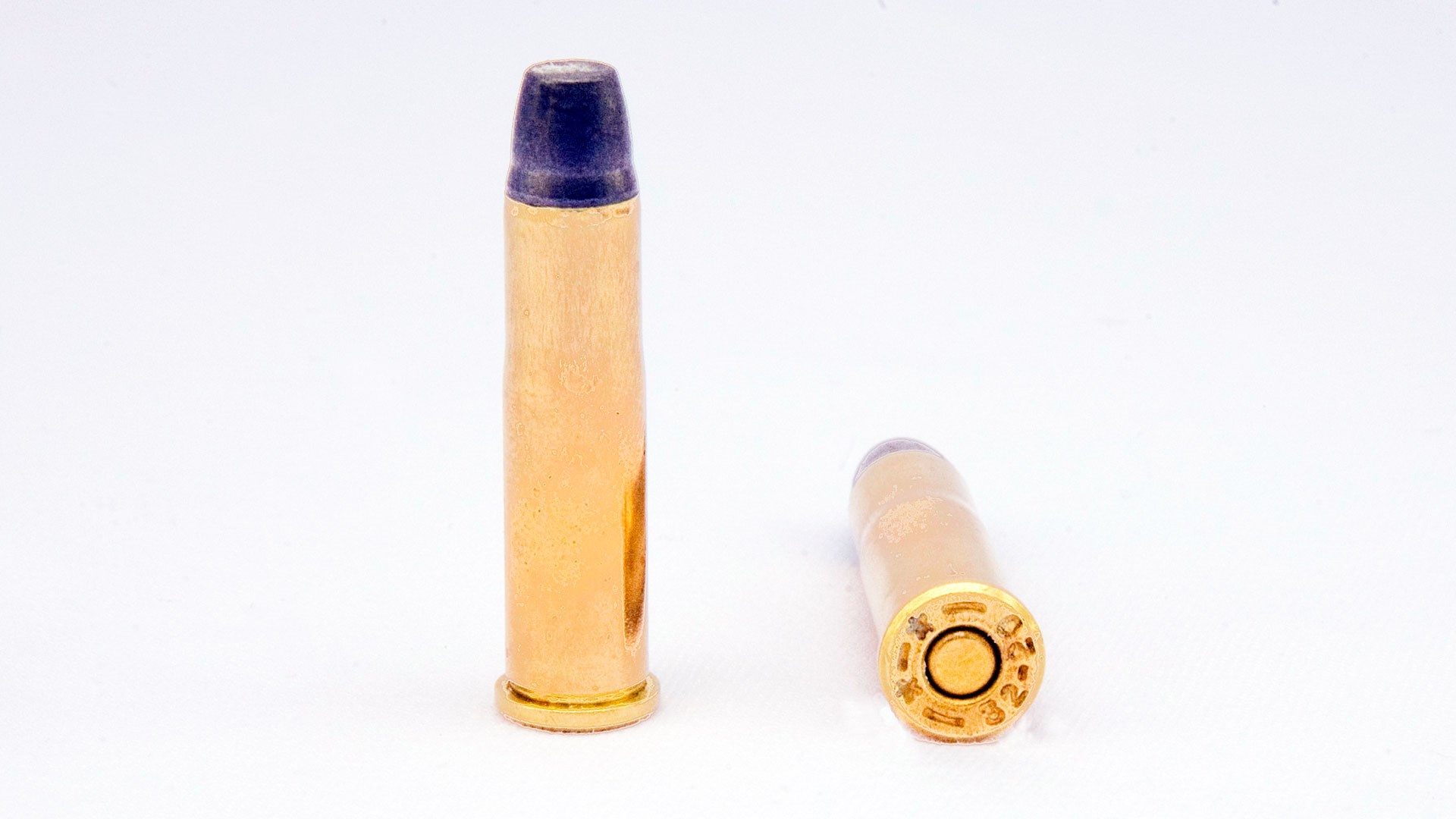 Two examples of a .32-20 WCF cartridge.
Two examples of a .32-20 WCF cartridge.
This was when 20 grains of FFFg black powder would generate 1,250 f.p.s. and just 399 ft.-lbs. of energy with a 115-gr. bullet. Compare that to a .30-30 Win.—considered by many to be the “floor” of deer cartridges—with a 150-gr. bullet at 2,390 f.p.s. and 1,903 ft.-lbs. of energy. Having said all that, Paco Kelly, of leverguns.com fame, says he shot some two dozen Virginia whitetail deer with a Model 92 Winchester chambered in .32-20 WCF in the 1970s.
As with its predecessors, it took Colt about five years to chamber its SAA in .32-20 WCF. Still later, it would chamber its double-action Frontier, Army Special and Police Positive revolvers in .32-20 WCF. Not to be outdone, Smith & Wesson chambered its .32-20 WCF Hand Ejector First Model in the Winchester cartridge. Martini chambered its single-shot Cadet rifle in .32-20 for use as a trainer and target rifle. Remington chambered its Model 25 and 25A rifles in .32-20 WCF from 1923 until 1935. With that, the .32-20 WCF remained popular throughout the first quarter of the 20th century.
That popularity is quite similar to the small and lightweight pistols of today. They are usually carried by one of two types, either more-or-less novice types that want some protection but are unwilling to dress around a full-size pistol, or the really savvy, deep-cover, gun guy (or gal) who is cool as ice under fire and can accurately place their shots. The former are more plentiful than the latter. Their logic is that no one wants to get shot with anything.
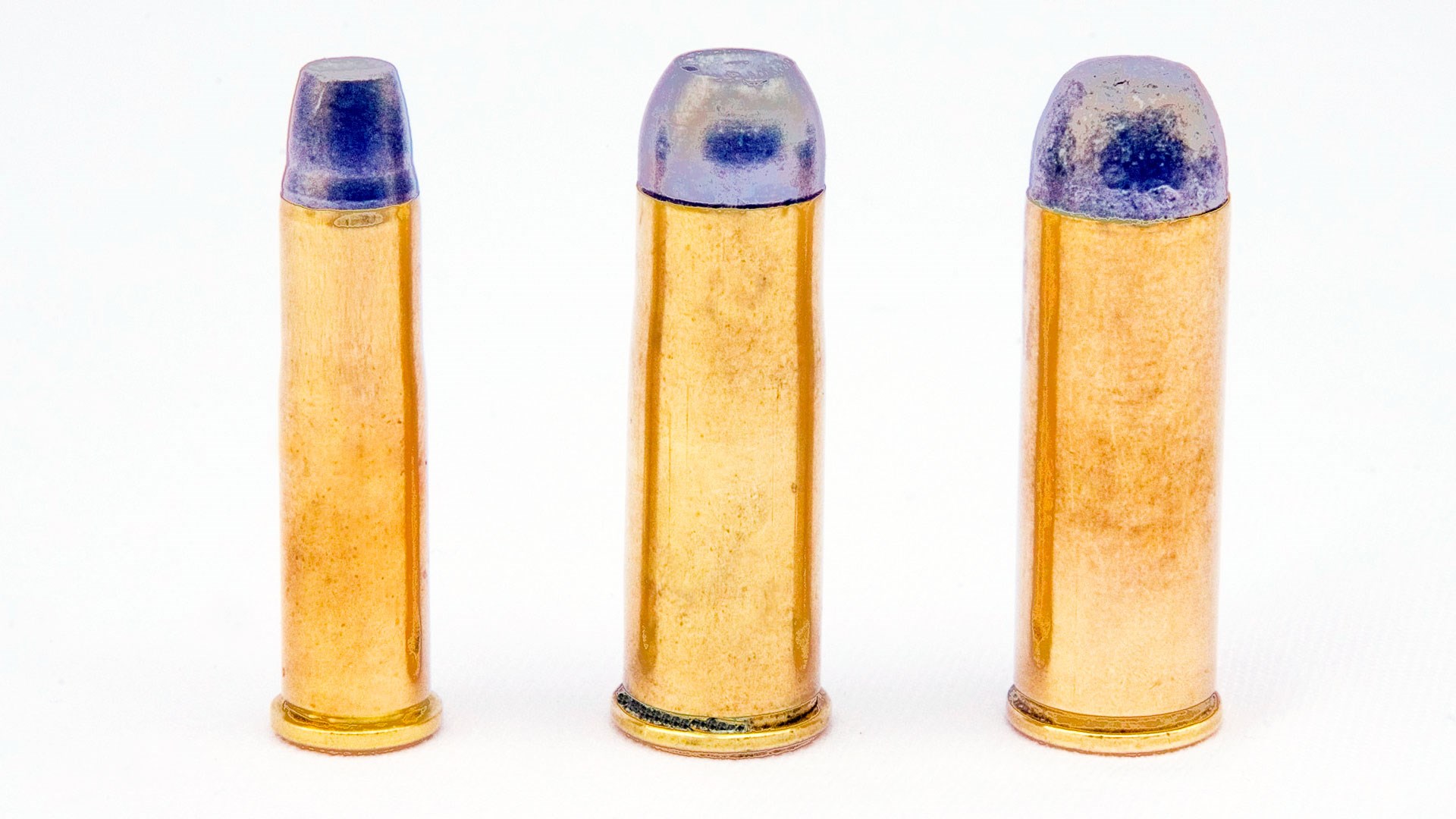 The .32-20 WCF (left) compared with the .44-40 WCF (center) and .45 Colt (right).
The .32-20 WCF (left) compared with the .44-40 WCF (center) and .45 Colt (right).
The accuracy of the .32-20 WCF is another reason for its popularity. Small game hunters and pest shooters found the cartridge to be very accurate within its range limitations. Hunters wanting to kill a rabbit or squirrel for the stove liked that the cartridge didn’t tear up too much meat.
By the time World War II rolled around, all three Winchester cartridges, .44-40 WCF, .38-40 WCF and .32-20 WCF were moribund. Winchester stopped chambering rifles for them, Colt was lowering the curtain on the SAA and hunters were becoming more fascinated with magnum cartridges. The general consensus on into the 1960s—even the ’70s—was that you couldn’t kill a prairie dog or a woodchuck unless the bullet was traveling at more than three times the speed of sound.
As with so many things, however, what goes around comes around. The sport of handgun metallic-silhouette shooting renewed some interest in the .32-20 WCF. Winners needed a flat-shooting, accurate cartridge that could tip over a steel target at 100 meters, and didn’t threaten to separate their hand from their wrist. Older examples of .32-20 WCF revolvers were quickly swept up, and for a while the only feasible way to get one was to build it. More than a few Ruger Blackhawk revolvers chambered in .30 Carbine were converted to—or had another cylinder chambered—for the .32-20 WCF.
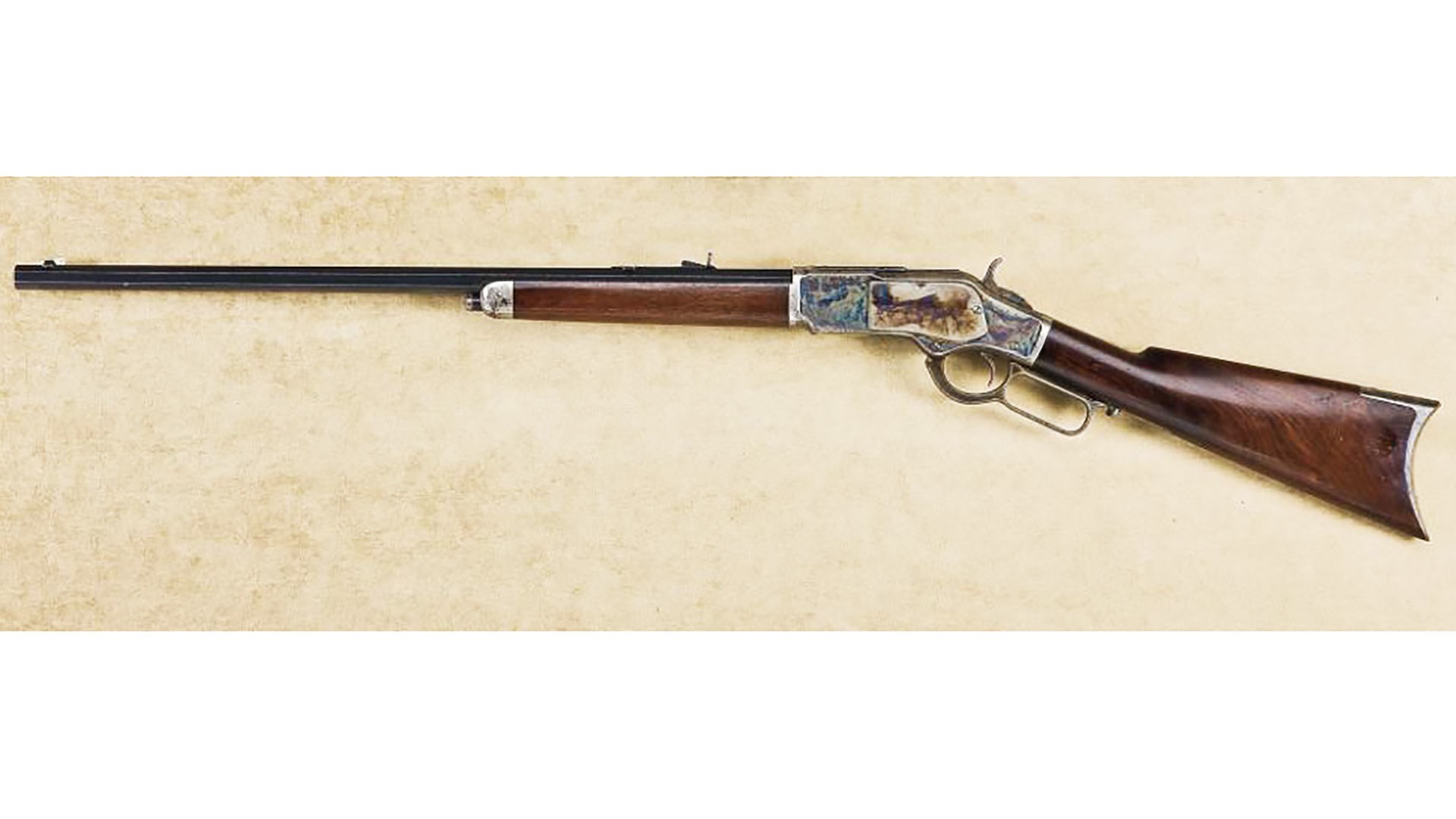
In reality, these were actually “.30-20 WCF” revolvers because the barrels remained .30 caliber, with a groove diameter of .308", as opposed to .3125". As such, in order to retain its accuracy reputation, handloaders had to use .30-cal. bullets. More than a few Thompson/Center Contender barrels chambered in .30 Carbine also got a reaming as well. Even in the stilted world of Schüetzen matches, the .32-20 WCF has made some inroads on the traditional .32-40 chamberings.
All of this resulted in a mild renaissance of the chambering in the Marlin 1894CL in 1988 and Ruger making a limited run of Blackhawk revolvers for Buckeye Sports, of Canton, Ohio, chambered in true .32-20 WCF. Both, sadly, are no longer produced. The .32-20 WCF has been fruitful and multiplied. Spinoffs include the .25-20 WCF (1895), the .218 Bee (1937) and its case has been modified slightly to produce usable ammo for the Nagant M1895 revolver with its 7.62×38 mm R cartridge, as well as the .310 Cadet rifle cartridge of British fame.
Today’s .32-20 WCF shooters are pretty much relegated to handloading the cartridge, though occasionally you’ll find a handful of factory ammo. Since it’s a bottlenecked cartridge, carbide dies are out, and because of its very thin neck and the necessity of being extra careful—read slow—in the reloading process to keep from ruining too many cases, producing ammo for it is not for the impatient.
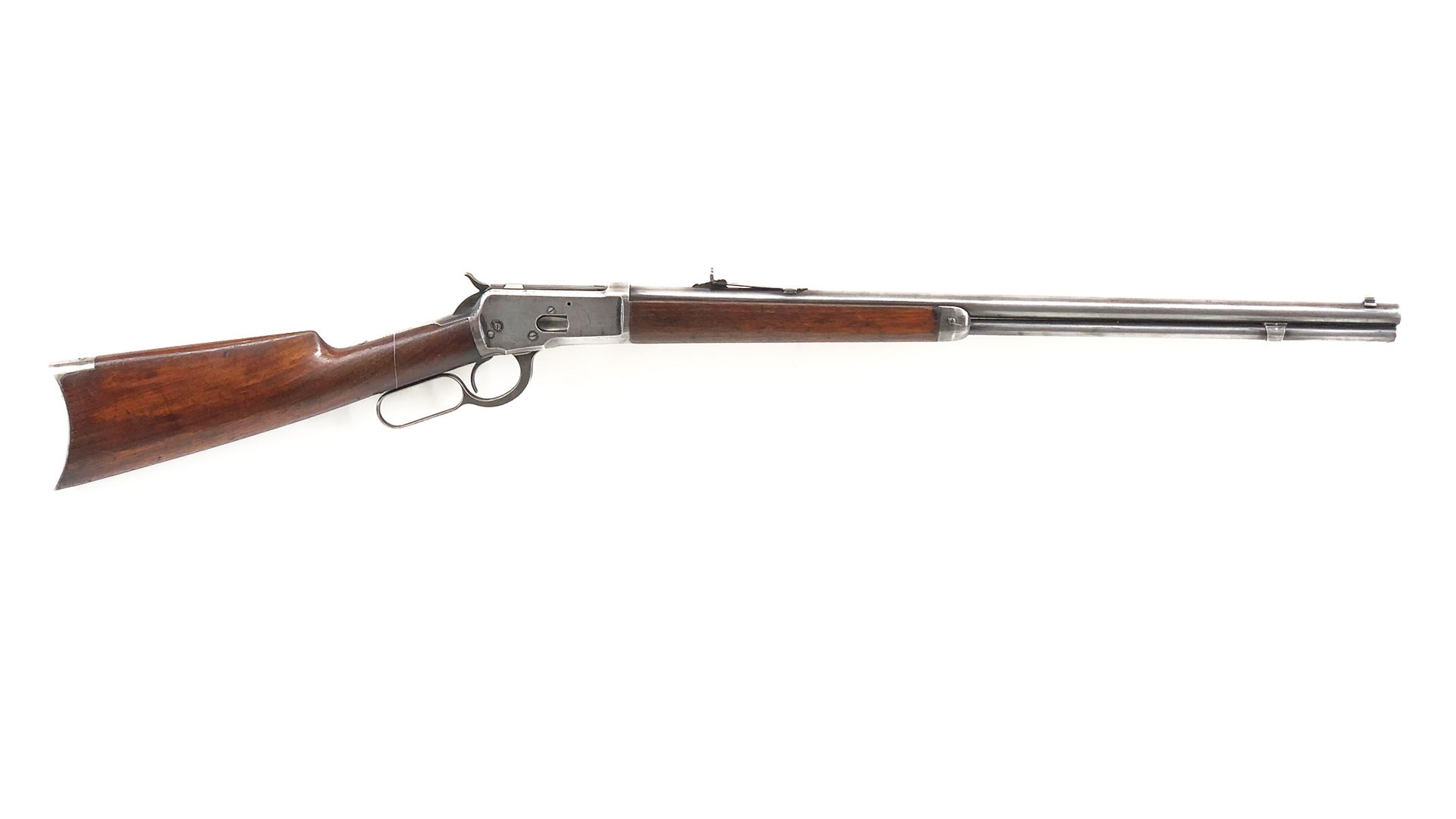 An example of a Winchester Model 92 chambered in .32-20 WCF.
An example of a Winchester Model 92 chambered in .32-20 WCF.
The first order of business is to determine whether you are loading for a .30-cal. or a true .32-cal. barrel. That, of course dictates bullet diameter, which may or may not limit your bullet selection. Then you must decide what power level you can load, which is determined upon your gun type. Model 1873 rifles and first-generation Colt SAAs should not be subjected to hot loads. Their design and metallurgical makeup won’t hold up to that kind of abuse. Newer guns like the Marlin 1894CL, Ruger Blackhawk and T/C Contender can take hotter loads. The .32-20 WCF is inexpensive to load, especially if you use cast bullets.
The .32-20 WCF may not set the modern world on fire. It’s not a popular choice in the self-defense world anymore. Small game hunters wanting a .32-caliber rifle or pistol can choose the .32 H&R Magnum or .327 Federal Magnum can get the job done just as well. But for the traditional minded hunter, the gentleman who may choose to hide a short-barreled single action deep in his coat or the man who embraces history, they will find that the .32-20 WCF suit them right down to the ground.












